Eugene Chadbourne & Henry Kaiser - Wind Crystals: Guitar Duets By Wadada Leo Smith (2019)
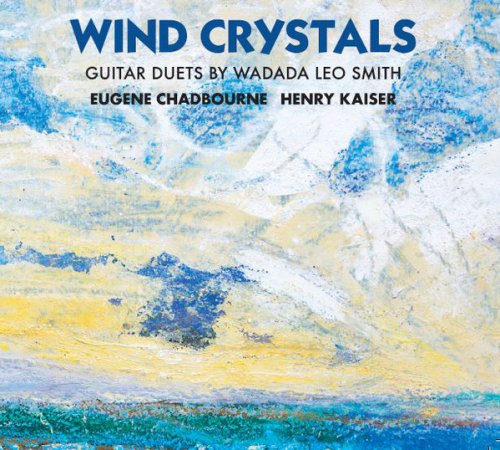
Artist: Eugene Chadbourne & Henry Kaiser
Title: Wind Crystals: Guitar Duets By Wadada Leo Smith
Year Of Release: 2019
Label: Relative Pitch Records
Genre: Jazz
Quality: FLAC (tracks+.cue, scans)
Total Time: 01:13:19
Total Size: 355 MB
WebSite: Album Preview
Tracklist:Title: Wind Crystals: Guitar Duets By Wadada Leo Smith
Year Of Release: 2019
Label: Relative Pitch Records
Genre: Jazz
Quality: FLAC (tracks+.cue, scans)
Total Time: 01:13:19
Total Size: 355 MB
WebSite: Album Preview
1. Wind Crystals (1977) 15:15
2. TS-5 (afmie) 3:28
3. Shabazz 5:38
4. Blue Lightning: Blue 11:46
5. Blue Casa 8:20
6. Pacifica 14:21
7. Wind Crystals (2017) 14:35
“Eugene and Henry have been playing together of nearly 43 years. Back in 1977 they recorded a guitar duet that Wadada Leo Smith had presented to them: WIND CRYSTALS. This piece was released on Henry’s first album on Eugene’s Parachute label: ICE DEATH. On the 40 year anniversary of the original WIND CRYSTALS, Henry and Eugene recorded an entire album of guitar duets composed by Wadada, including a re-recording of WIND CRYSTALS. This album contains pieces from several different phases of Wadada’s work from the past 40 years. Besides celebrating their longtime music friendship, the project also celebrates both guitarist’s long time friendship with Wadada. All of the duets here are acoustic and feature the focused attention to tiny sounds that Eugene pioneered in the 70’s. From a swinging jazz track to abstract and complex organizational principles that Wadada envisions int he preset moment, a full range of colors and expressions results from the duo’s creative expansion of Wadada’s scores.”
“Wadada Leo Smith composed 'Wind Crystals' as a guitar duet piece originally for Henry Kaiser's debut LP, "Ice Death". It was 1978, I was 24 years old and had already absorbed a great deal of Smith's music. I had presented him twice at the Parachute Center for Performing Arts in Calgary, Alberta, in each case for multiple nights: two nights as a soloist, followed by three nights with his New Dalta Ahkri ensemble the following year. I had listened to all his available recordings and studied his self-published book on musical theory.
I spent several weeks staying with Smith on the way to becoming settled on the east coast that year. We practiced together daily, performed a duet concert that almost no one in New Haven attended and played a set for his children's nursery school that no one listened to. Meanwhile I paid devout attention to everything Smith told me, from benign comments such as "Water--think about it" to stingers on my musical direction: "Too aggressive."
I settled into my New York City digs despite Smith's warnings about the scene and we continued our relationship any way I could make that happen. I helped him collect the door when he played solo at The Brook loft and listened to another four sets. I played with New Dalta Ahkri at Warren Smith's loft.
Eventually Smith delivered unto me a solo piece,"Kuboxe" that is magnificent, requiring at least 50 years of study. I was regularly practicing out of a new booklet he'd published devoted to his rhythm units, a method of instilling silence which of course was to me a great thing about his playing, he used silence to mean millions of things, he could even make it "too aggressive."
He has been busy composing music his whole life--that's the impression I get because that's what he is doing or that is what it is about whenever I get in touch with him, however many years might have elapsed.
In my personal approach to interpreting compositions, there are those who require much more than just tapping a foot and sight reading. To name three examples of this: Wadada Leo Smith, Charlie Parker, John Coltrane. In each case there is a unique mood, vibe, essence, spirituality.
The printed page of music can't motivate me to be a better person, to make the most of whatever creative attributes I have been gifted with, to not squander my life being a jerk-off. Coltrane could. Titles such as "Moose the Mooche" and "Dewey Square" along with the printed notes, mean so much more if one has learned about Parker's life, as will his filigrees of improvisation, running into eternity (at least that is my impression as I wear out my fourth Omnibook), all of if a testament to beauty's eventual victory over squalor. Nobody has to agree with this interpretation, but it is why I play Parker's music the way I do.
Kaiser's inclusion of "Wind Crystals" in an album largely devoted to free improvisation was to me a sign of his confidence in what Smith was doing. Revisiting the piece so many years later was a fascinating experience, part of a day in which I was introduced to newer pieces by Smith as well. Without a qualm I could step right back into the way I felt his music should sound on the guitar, the very coordination of my hands seemingly manipulated by feelings the compositions unleashed: seascapes, sunlight, sand, the color blue.”-Eugene Chadbourne
Eugene Chadbourne-acoustic guitar, banjo
Henry Kaiser-acoustic guitar
“Wadada Leo Smith composed 'Wind Crystals' as a guitar duet piece originally for Henry Kaiser's debut LP, "Ice Death". It was 1978, I was 24 years old and had already absorbed a great deal of Smith's music. I had presented him twice at the Parachute Center for Performing Arts in Calgary, Alberta, in each case for multiple nights: two nights as a soloist, followed by three nights with his New Dalta Ahkri ensemble the following year. I had listened to all his available recordings and studied his self-published book on musical theory.
I spent several weeks staying with Smith on the way to becoming settled on the east coast that year. We practiced together daily, performed a duet concert that almost no one in New Haven attended and played a set for his children's nursery school that no one listened to. Meanwhile I paid devout attention to everything Smith told me, from benign comments such as "Water--think about it" to stingers on my musical direction: "Too aggressive."
I settled into my New York City digs despite Smith's warnings about the scene and we continued our relationship any way I could make that happen. I helped him collect the door when he played solo at The Brook loft and listened to another four sets. I played with New Dalta Ahkri at Warren Smith's loft.
Eventually Smith delivered unto me a solo piece,"Kuboxe" that is magnificent, requiring at least 50 years of study. I was regularly practicing out of a new booklet he'd published devoted to his rhythm units, a method of instilling silence which of course was to me a great thing about his playing, he used silence to mean millions of things, he could even make it "too aggressive."
He has been busy composing music his whole life--that's the impression I get because that's what he is doing or that is what it is about whenever I get in touch with him, however many years might have elapsed.
In my personal approach to interpreting compositions, there are those who require much more than just tapping a foot and sight reading. To name three examples of this: Wadada Leo Smith, Charlie Parker, John Coltrane. In each case there is a unique mood, vibe, essence, spirituality.
The printed page of music can't motivate me to be a better person, to make the most of whatever creative attributes I have been gifted with, to not squander my life being a jerk-off. Coltrane could. Titles such as "Moose the Mooche" and "Dewey Square" along with the printed notes, mean so much more if one has learned about Parker's life, as will his filigrees of improvisation, running into eternity (at least that is my impression as I wear out my fourth Omnibook), all of if a testament to beauty's eventual victory over squalor. Nobody has to agree with this interpretation, but it is why I play Parker's music the way I do.
Kaiser's inclusion of "Wind Crystals" in an album largely devoted to free improvisation was to me a sign of his confidence in what Smith was doing. Revisiting the piece so many years later was a fascinating experience, part of a day in which I was introduced to newer pieces by Smith as well. Without a qualm I could step right back into the way I felt his music should sound on the guitar, the very coordination of my hands seemingly manipulated by feelings the compositions unleashed: seascapes, sunlight, sand, the color blue.”-Eugene Chadbourne
Eugene Chadbourne-acoustic guitar, banjo
Henry Kaiser-acoustic guitar
Download Link Isra.Cloud>>>
Guitar Duets By Wadada Leo Smith.rar - 355.9 MB
Guitar Duets By Wadada Leo Smith.rar - 355.9 MB
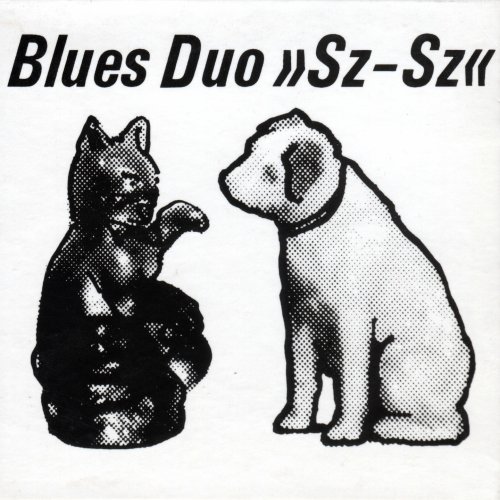
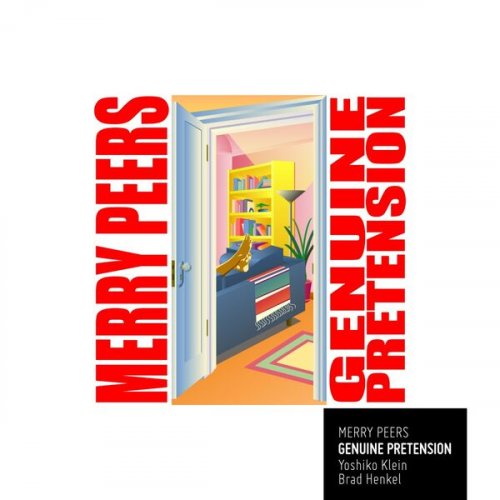

![Cornelius Claudio Kreusch - Scoop (2025) [Hi-Res] Cornelius Claudio Kreusch - Scoop (2025) [Hi-Res]](https://www.dibpic.com/uploads/posts/2025-12/1765893706_folder.jpg)
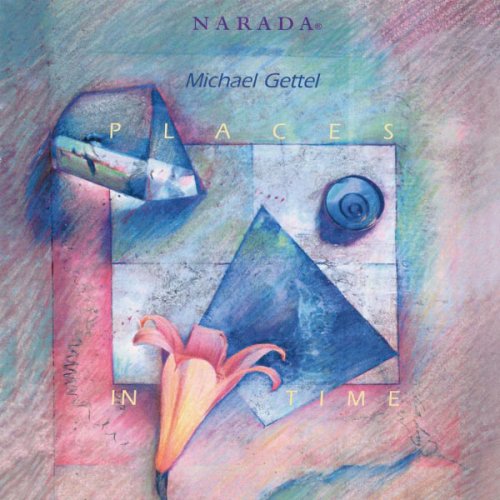
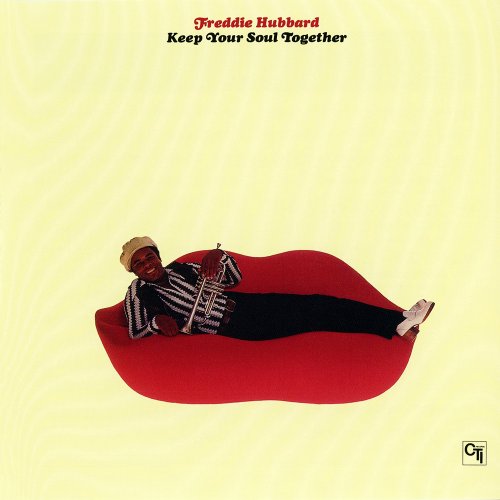

![RAS - Rød i Blå (2025) [Hi-Res] RAS - Rød i Blå (2025) [Hi-Res]](https://www.dibpic.com/uploads/posts/2025-12/1765847447_s09xuo23tcu1a_600.jpg)
